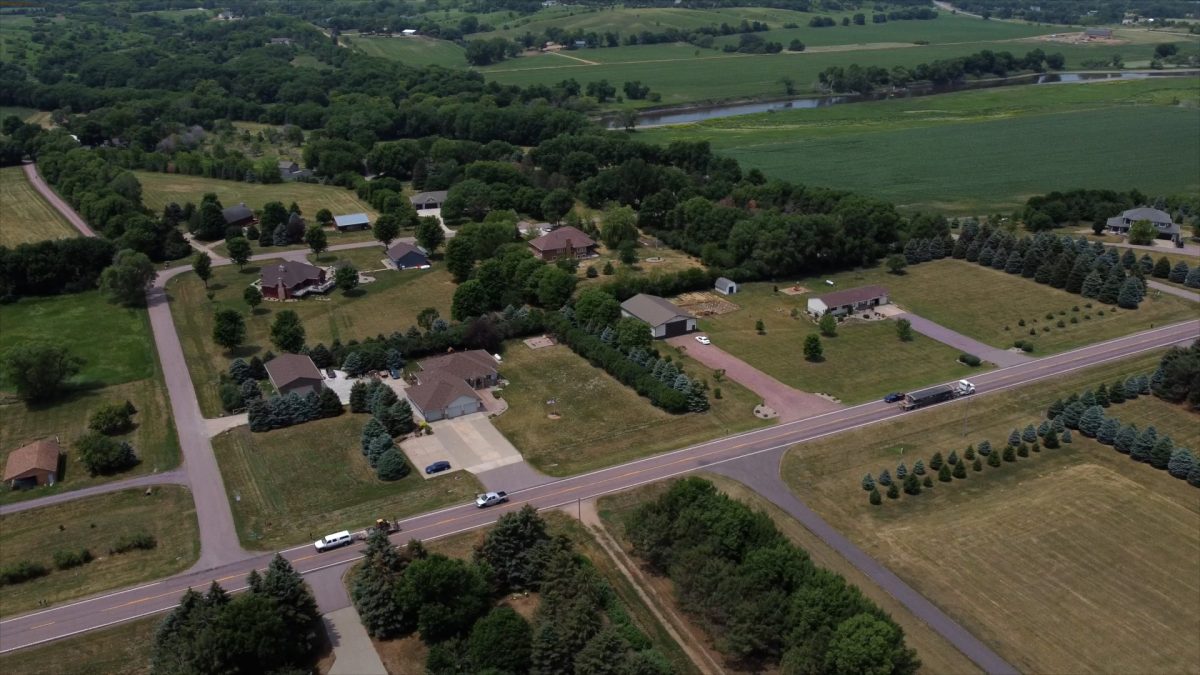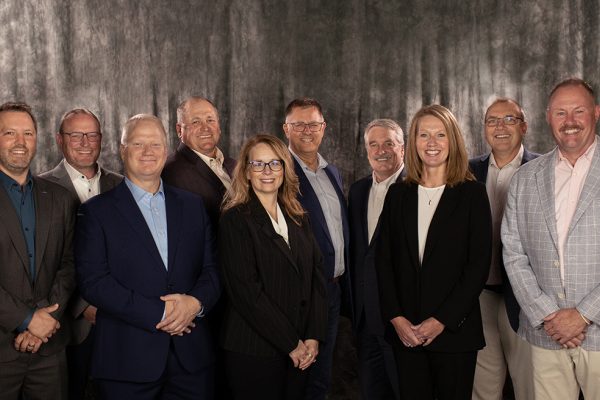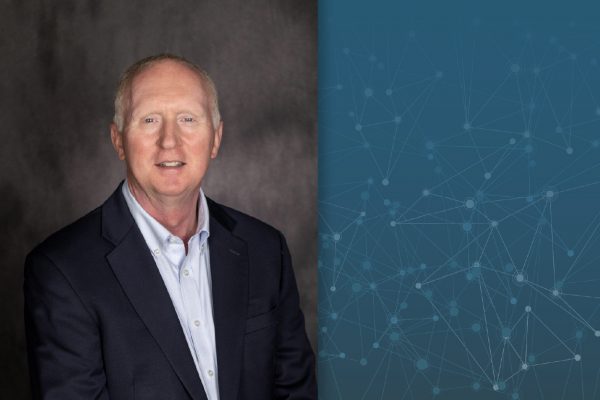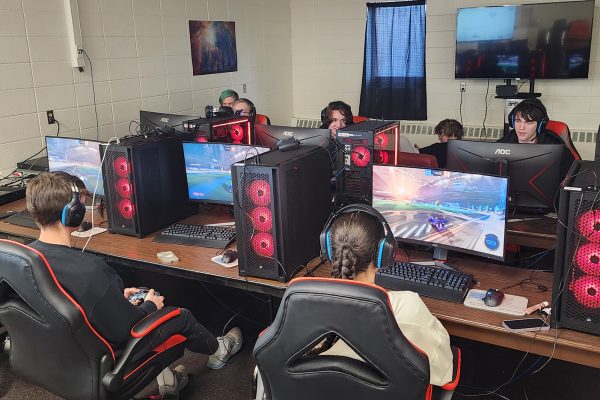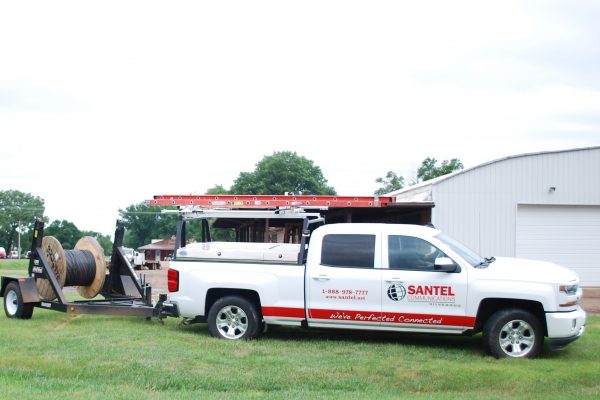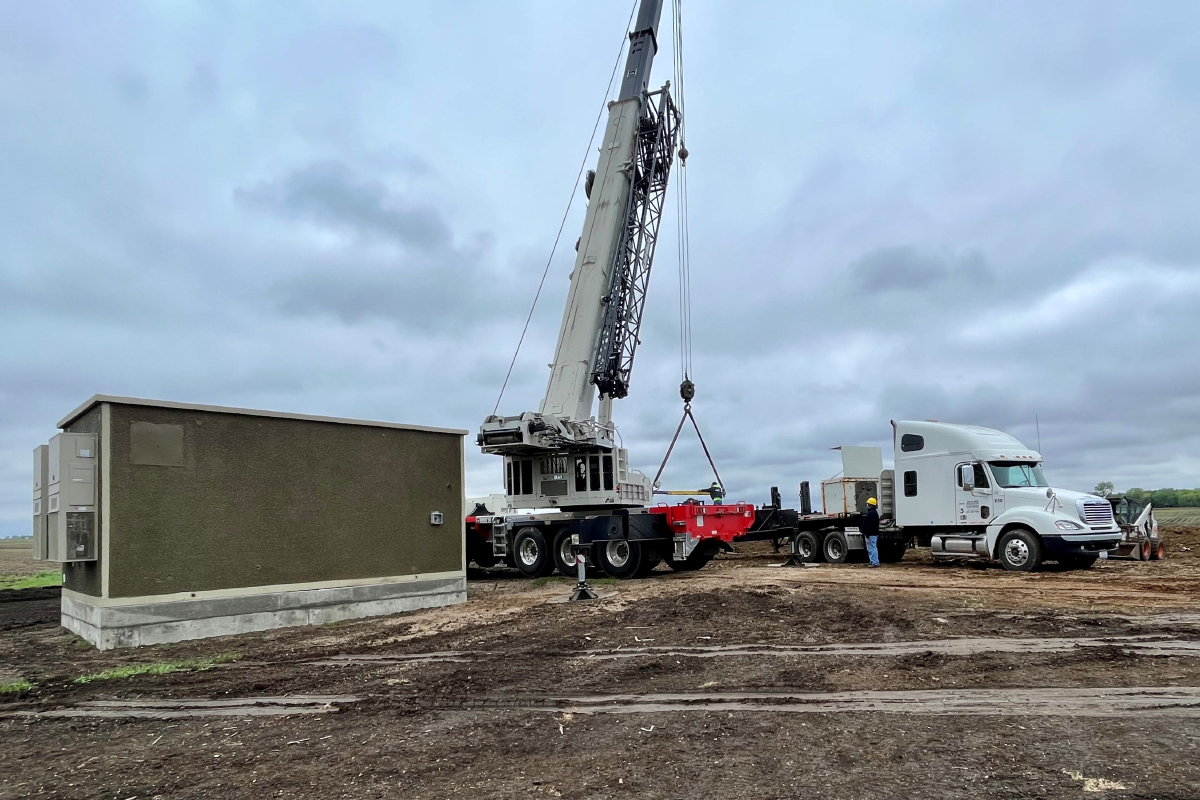
Over the years, Tyler Larson and his family have tried three different internet services to get decent connectivity on their acreage south of Canton.
They even tried using their cell phone hotspots before finally signing up for Starlink, a satellite internet provider.
“It works pretty well, but it’s pretty expensive,” Tyler says, noting the $110 monthly bill.
The Larsons’ situation may sound like a non-story. After all, more than a few people in the United States live in areas lacking reliable connectivity. But that’s just it – Larson lives in an area where most people have high-speed internet service thanks to fiber-to-the-home from Alliance Communications, an SDN Communications owner/member company.
Just a mile away from the Larson acreage, neighbors have no issue with connectivity. Twenty-three miles away in Sioux Falls, connectivity is a given. But the Larsons - and a few other homeowners south of Canton - are unlucky enough to reside in a connectivity dark spot.
Fortunately, that’s about to change.
In April, Gov. Kristi Noem announced more than $25 million in new state broadband grants for 16 projects through the Connect SD Initiative. Private dollars will match grant awards for a total investment of more than $46.5 million. These projects will expand broadband infrastructure to connect 4,467 households, businesses and farms in the state.
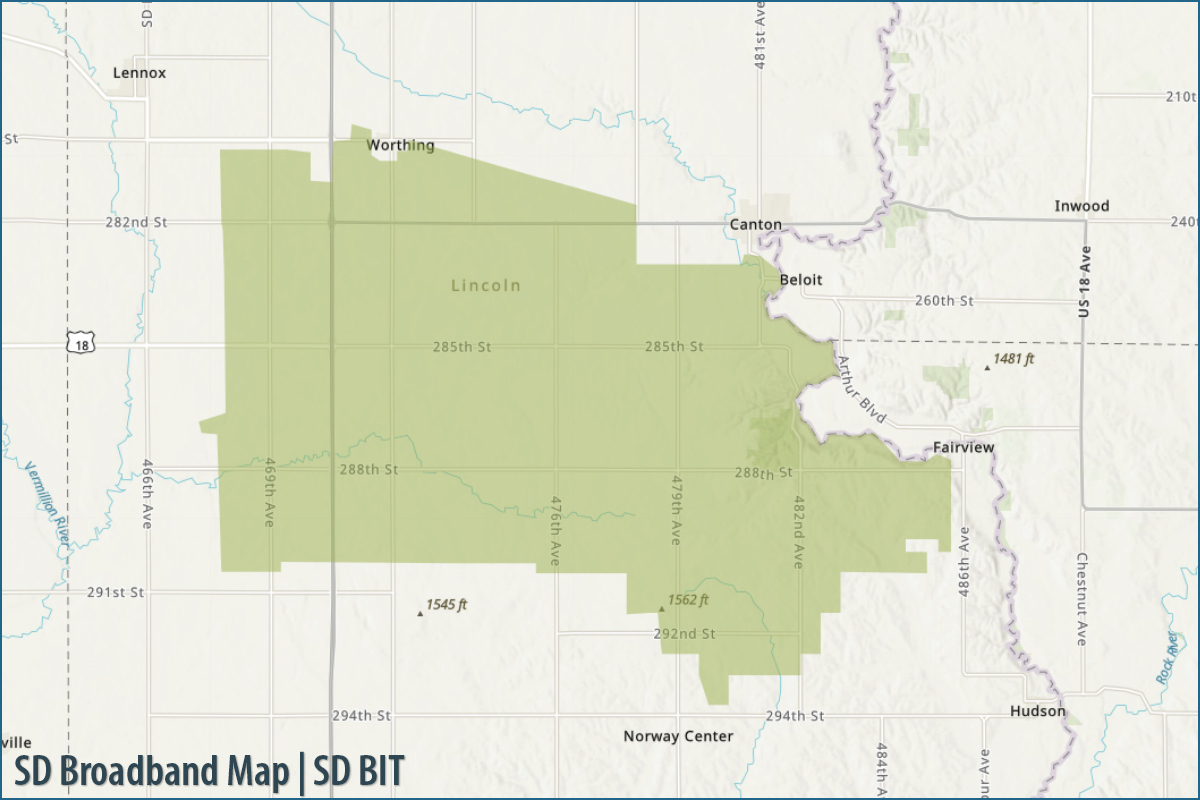
Alliance was awarded a little more than $6 million to expand its broadband fiber network farther into the southern Canton area. The expansion will bring consistent, high-speed internet services to the Larsons for the first time since they bought their acreage 10 years ago.
“What I’ve heard about fiber is it’s really good and much less expensive,” Larson says.
Ross Petrick, general manager/CEO of Alliance Communications, says the spotty coverage in areas around Sioux Falls is no secret. But the pandemic drove home the reality of it for people who were trying to work from home as well as for families with children attending school online.
“The have-nots have always not had it,” Petrick says. “There are wireless solutions that have filled in the gaps here and there … and people got through the work-from-home pandemic situation. But now people really understand the need for robust and reliable broadband and what was okay even two or three years ago no longer meets their needs.”
Alliance has been doing its part to meet the needs for years.
“We were building fiber to the home in 2006, before the iPhone was invented, so this technology is not new to us,” Petrick says.
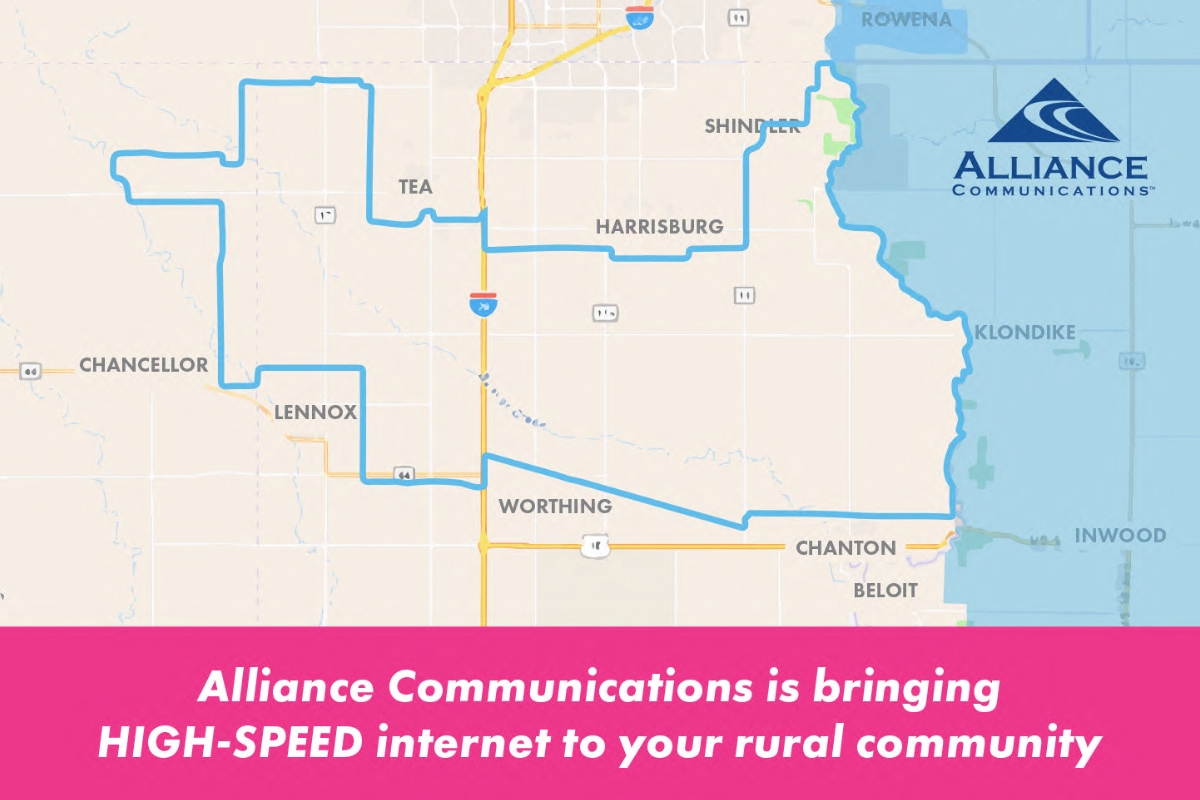
Alliance has been doing its part to meet the need. In 2020 the company received $3 million in grants from Connect SD, ReConnect and the Rural Digital Opportunity Fund to expand broadband in 260 square miles near Harrisburg, Tea, Worthing, and parts of the Canton area. Those projects, shown in the map above, were set to begin earlier this year but were held up by supply chain issues.
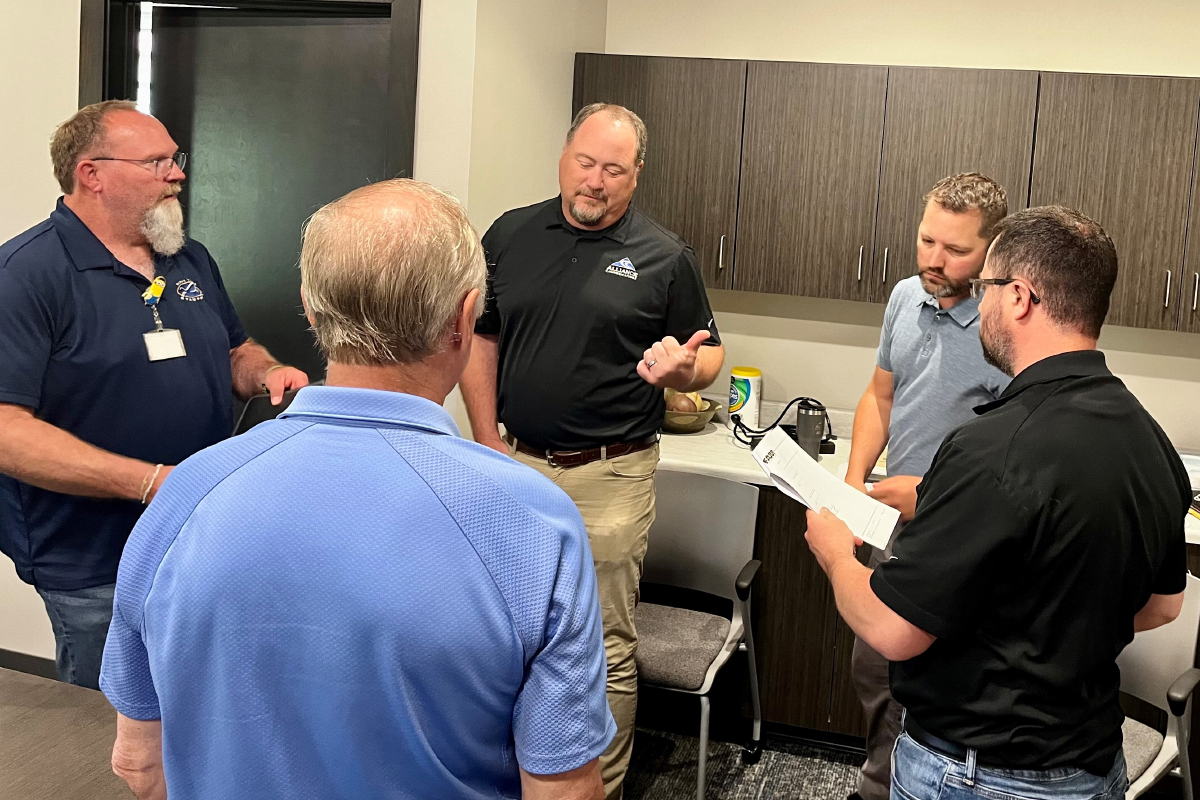
“Our fiber was supposed to be here in April, but it was July before we started to see the first shipment of fiber come in. We have what we need to start now,” Petrick says.
If weather cooperates, Alliance expects to have many customers connected by the end of the year with installs happening throughout the winter.
“We have offered service to communities in the tri-state area for over 65 years but this is a new area for us so we are excited to introduce them to the Alliance network,” Petrick says. “We are owned and operated locally but with our connections to networks such as SDN, we are connected globally.”
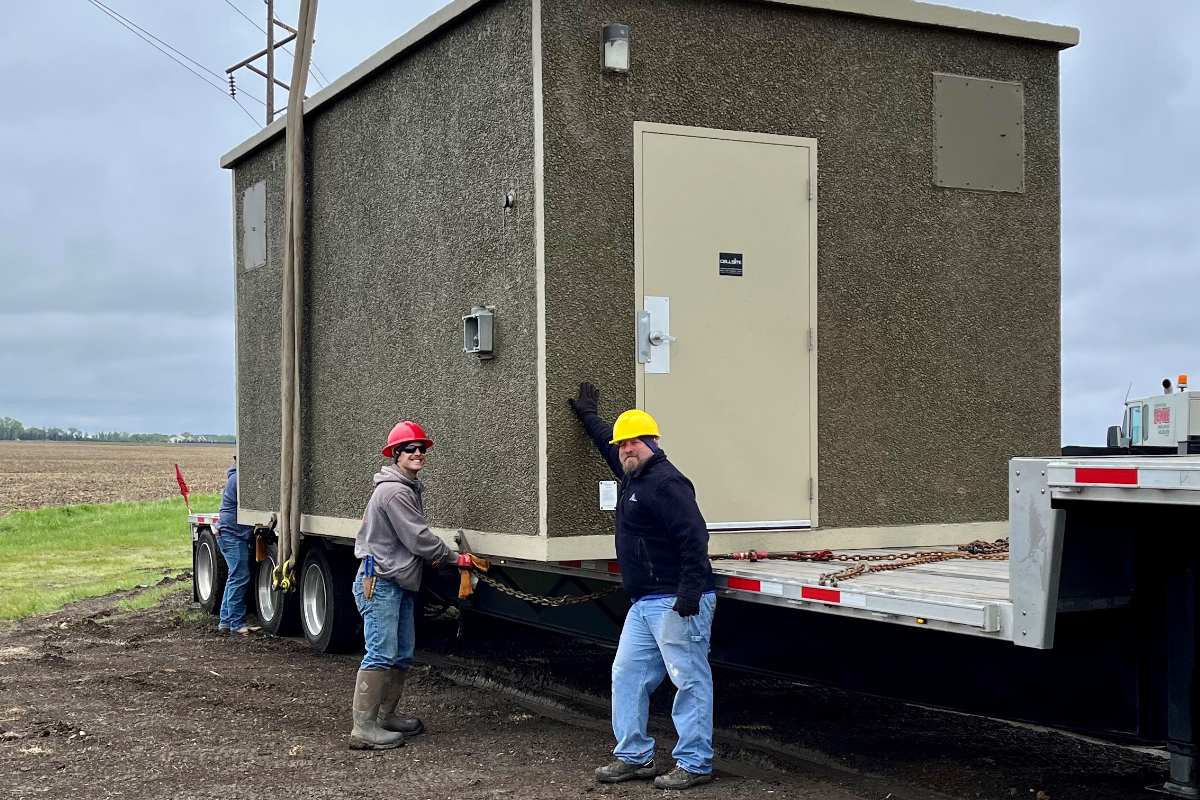
The most recent Connect SD grant will focus on areas south of Canton – areas like the Larson acreage.
“We hope to be installing customers around the rural areas of Harrisburg and Tea this winter and start construction south of Canton and Worthing next year.” Petrick says.
In a society that depends so heavily on broadband access for all, Petrick says it can still be a shock to people when they learn that just minutes from Sioux Falls, some homes still do not have access to high-speed broadband services. Proximity to an urban area isn’t enough.
“Just because you can drive to Home Depot in 20 minutes doesn’t mean you have internet at your house,” he says.
Petrick looks forward to the day when this reality becomes a distant memory; when people living in Sioux Falls and its surrounding areas can’t imagine a time they didn’t have consistent, reliable broadband service.
It’s a future the Larsons anticipate as well.
“We are looking forward to it,” Tyler says.
The Schaaps can relate to the Larsons. The rural Sioux Falls family didn’t have a reliable internet provider until Alliance sought and received a grant in 2020. Take a look at their story below and how having reliable fiber internet to their home has impacted the family.
